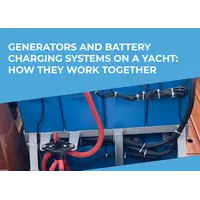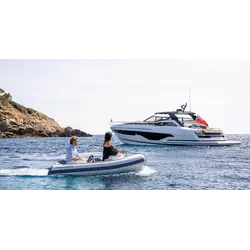topRik team shares their own experience of using a charter fleet in peak and off-peak seasons. We explain when is the best time to go sailing in different regions, what advantages can be obtained in the off-season and whether there is a difference in planning a sailing trip in different yachting seasons.
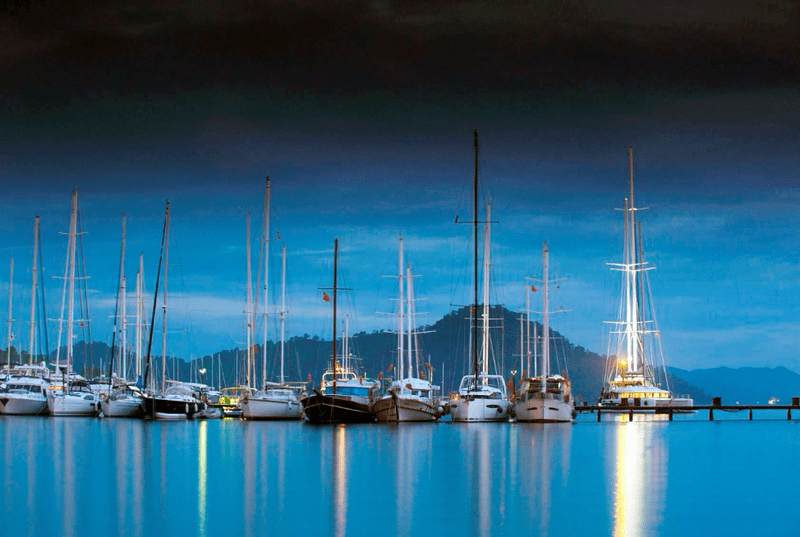
What Do Peak and Off-Peak Seasons Mean in Yachting?
Seasonality in yachting refers to the times of year when the yachting season is most (peak season) and least (off-season) active and popular in each specific region. In many parts of the world, peak yachting season usually occurs during the warmer months, when the weather is more favorable for boating and water activities.
For example, in the Mediterranean, the yachting season usually lasts from May to September, with the peak season occurring in July and August. In the Caribbean, the peak season for yachting is from December to April, coinciding with the dry season and the busiest tourist period.
The seasonal nature of yachting means that charter yachts, marinas and other yachting- related businesses often operate on a seasonal basis, with more activity and revenue occurring during the peak season. This also means that boaters and yacht owners often plan their trips and maintenance schedules based on the seasonal patterns of yachting in their region.
If we talk about the off-season, or off-peak season, then traveling on a yacht during this period can be a unique and exciting adventure. Depending on the region and time of year, off-season sailing can offer more affordable prices, less crowded marinas and anchorages, and the opportunity to see attractions and destinations in a different light. For charter boat owners, this is an opportunity to not lose income, unless, of course, repairs and maintenance work are planned for this period.
However, it is important to keep in mind that weather and sea conditions can be more challenging during the off-season. Therefore, it is important for the lessee to choose, and for the lessor to offer, a well-equipped yacht with an experienced crew familiar with local waters and weather conditions. Safety should always be a top priority when planning a sailing trip during the off-season.
Some regions may have special restrictions or regulations during the off-season, such as limited port access or closed anchorages. It is important to study these nuances and plan your trip accordingly to avoid any problems while sailing. Overall, sailing in the off-season can be a unique and rewarding experience for those who are willing to overcome the challenges involved.
Choosing a Region in Peak Season
Here we will give brief characteristics of some regions that are deservedly popular among yachting enthusiasts and yacht owners, as well as charter companies.
Croatia
The sailing season in Croatia usually runs from April to October, with the peak season being between June and August. At this time the weather is warm and sunny and the sea is generally calm and ideal for swimming.
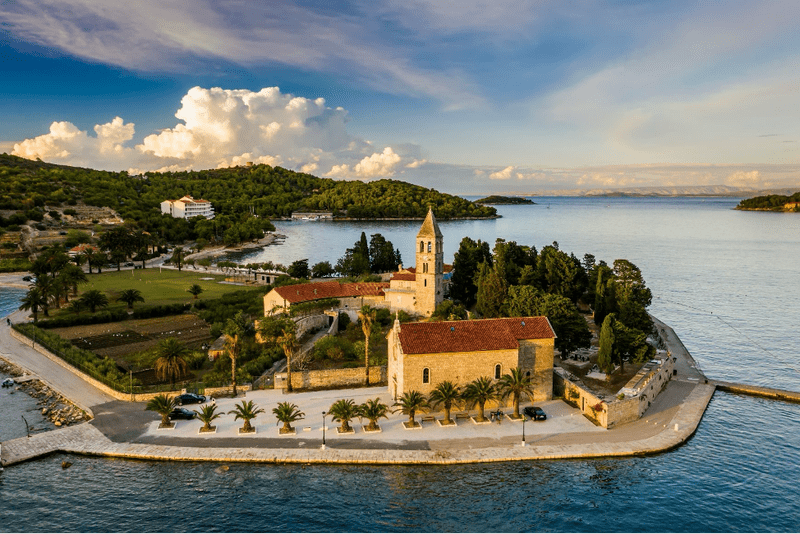
At the beginning and end of the season, the weather may be cooler, but there will be fewer people and prices may be lower. The waters during these periods are also clearer, making it a great time for diving and snorkeling.
During peak season, coastal towns and islands can get very busy and it is important to book berths and other services in advance. The weather is hot and sunny and the sea temperature is ideal for swimming and water sports.
Croatia has over a thousand islands and a beautiful coastline, making it an ideal destination for sailing enthusiasts. Many of the islands have secluded anchorages, crystal clear waters and charming fishing villages to explore.
Overall, the sailing season in Croatia is a popular and exciting time, with many opportunities for adventure and relaxation.
Turkey
The yachting season in Turkey usually lasts from May to October, with the peak season being in July and August. During this time the weather is generally warm and sunny, making it an ideal time to explore Turkey's beautiful coastlines and islands.
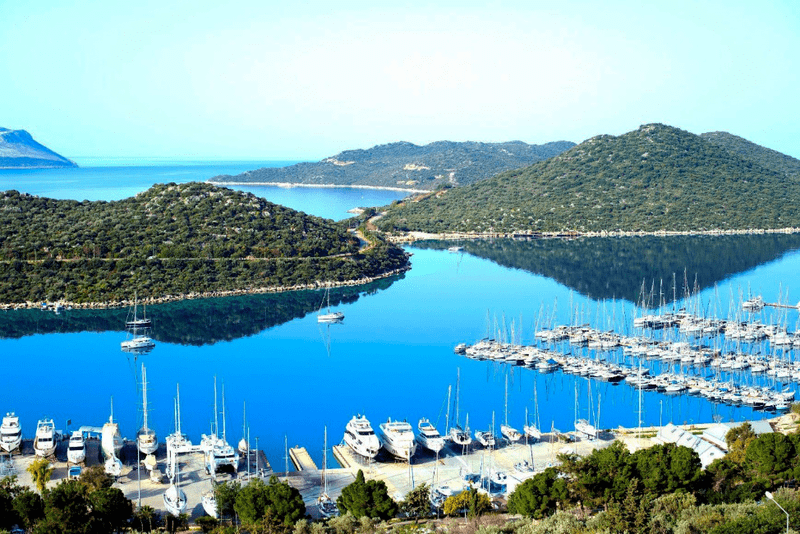
Some popular regions for yachting in Turkey include the Aegean and Mediterranean coasts, which are home to many beautiful beaches, secluded coves and historical sites. In particular, the Aegean coast is known for its crystal clear waters, rugged cliffs and ancient ruins, while the Mediterranean coast boasts sandy beaches and bustling resorts.
Water temperatures in Turkey during the yachting season can vary depending on the region, but usually range from 20°C to 25°C. Temperatures typically range from 25°C to 30°C, with the hottest months being July and August.
It is important to note that weather conditions can sometimes be unpredictable, especially during the peak summer months when strong winds and sudden storms can occur. Because of this, it is important to monitor weather forecasts and take all safety precautions when sailing in Turkey.
Overall, the yachting season in Turkey offers a great opportunity to explore the country's stunning coastlines and experience its rich culture, history and cuisine while enjoying warm, sunny weather and crystal clear waters.
Greece
The yachting season in Greece typically runs from May to October, with the peak months of July and August being the busiest time for yacht charters.
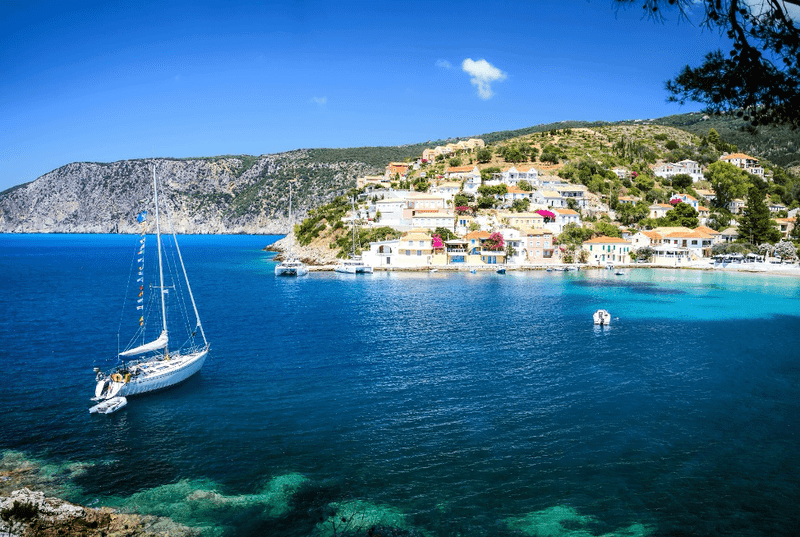
The weather during the yachting season in Greece is generally warm and sunny, with temperatures in coastal areas ranging from 20 to 30 degrees Celsius). The sea temperature is also warm, making it ideal for swimming and water activities.
Greece has many destinations to explore by yacht, including the Aegean and Ionian Seas. The Cyclades islands, including Mykonos and Santorini, are a popular yachting destination due to their stunning beaches and picturesque villages. The Dodecanese Islands, including Rhodes and Kos, offer a combination of ancient history and natural beauty with crystal clear waters and white sandy beaches. The Ionian Islands, including Corfu and Zakynthos, are known for their lush greenery, turquoise waters and charming towns. The Saronic Gulf, located near Athens, offers a more convenient option for those who want to explore the Greek islands without traveling too far from the capital.
It's important to note that some popular anchorages and ports can get crowded during peak season, so plan ahead and make reservations in advance. In addition, weather conditions can change quickly and it is important to monitor weather forecasts and adhere to safety regulations on board. Yachting in Greece can be a truly unforgettable experience with the opportunity to explore some of the most beautiful islands and coastlines in the world.
Italy
Typically, the yachting season here begins in the spring and lasts until the fall, although in some regions you can travel on yachts all year round, visiting the most popular Italian regions:
- the Amalfi Coast with its crystal clear waters and colorful fishing villages;
- Sardinia, famous for its beaches, turquoise waters and landscapes, luxury resorts and vibrant nightlife;
- Sicily is the largest island in the Mediterranean Sea, where the yachting season begins in May and lasts until October;
- Venice Lagoon, the season usually starts in April and lasts until October;
- Puglia in southern Italy, where the season begins in April and ends in October;
- Ligurian coast - the yachting season here begins in early May and lasts until October, the period from September to April is considered an off-peak season, as there is a high probability of falling into a period of strong winds and rains;
- Calabria and the Tuscan archipelago, including Elba, Giglio, Capraia, Liliano, Pianosa and other smaller islands - from May to September.
No less popular during the peak season are charter yacht services in the ports and marinas of Spain, Portugal, Seychelles and the Bahamas.
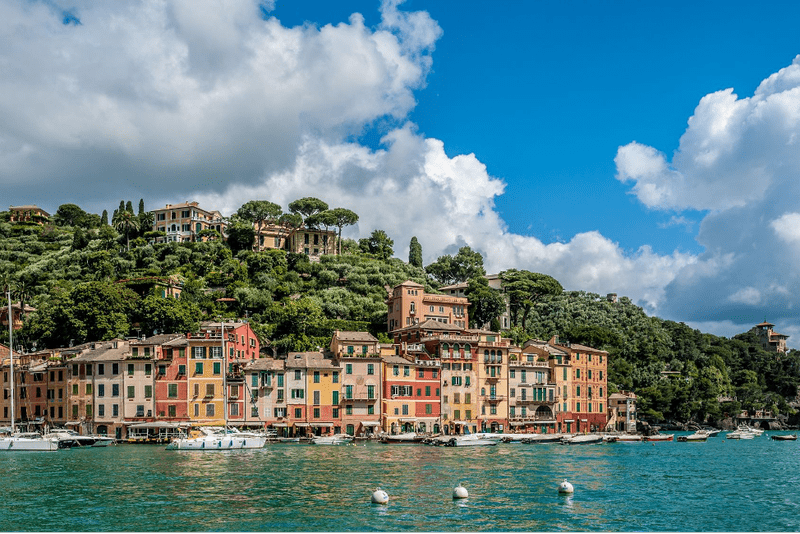
Peak Criteria for Yachting in Off-Peak Season
It is quite natural that when thinking about yachting, the imagination pictures summer, hot sun, refreshing breeze and a good tan. But if you are truly a fan of the sea and yachting, the time of year and off-peak season are not an obstacle to sailing. Yes, in fact, it doesn’t matter that much! If you delve deeper into geography, you can identify many routes that are offered, for example, by Mediterranean charter companies and individual rental companies, and the temperature of +15-20 °C is quite comfortable for sailing.
A striking example of a successful route in the off-season is the waters of Greece, although in winter there, as expected, it is cold and there are frequent storms. But thanks to the favorable location of the islands, you and your vessel will be reliably sheltered from wind and waves. An additional advantage is the possibility of renting a yacht at a reduced cost, since there are not many people interested. The air temperature ranges from +15 to +20 °C, allowing you to feel comfortable while swimming.
But there are also plenty of disadvantages: a small number of open cafes and restaurants where you can have a snack, a ban on visiting certain areas. The southern part of the Aegean Sea is quite dangerous to visit during this period.
Turkey is like Greece in the colder months. The weather is very similar, and the prices are not much different.
The Canary Islands welcome all yachting lovers all year round. The weather here is always excellent and warm. You can even swim in the coastal area, but a little further it becomes cooler, and warm clothes will not hurt. It should be noted that thanks to such stable weather, prices for yacht rentals practically do not change.
Despite the fact that hurricanes often rage on the Caribbean islands, the holidays here are wonderful. And all thanks to the fact that the locals are accustomed to such manifestations of natural mood and quickly build the entire infrastructure anew.
Antigua and Barbuda is famous and popular in the yachting world. Here you can find everything that will ensure a great holiday: beautiful beaches, varied infrastructure, vibrant nature on the islands and delicious locally produced dishes.
Catamarans are considered the most convenient for sailing in these waters, as they allow you to moor close to the shore and fully enjoy your vacation.
The cost of yacht charter in the Caribbean is quite peak all year round, but an alternative is to head to Cuba, where prices are much lower. You are guaranteed a pleasant time at any time of the year, as it is always warm and comfortable here.
When going to the Seychelles, be careful, as the shores of the islands are densely populated with poisonous insects, and fish are not far behind them. You'll have a lot of fun sailing with an experienced captain who knows the local waters. An important nuance to know: all islands are private property, and to visit them you need to obtain special permission.
Thailand contrasts cheap hotels with expensive prices for yacht rentals.
Keep in mind: each region that you are going to conquer as a charter boat skipper requires careful study from all sides, from local legislation to weather conditions in the chosen season. Only after you realize that you know everything about this region, start planning step by step: from preparing for the trip to the method of returning home.
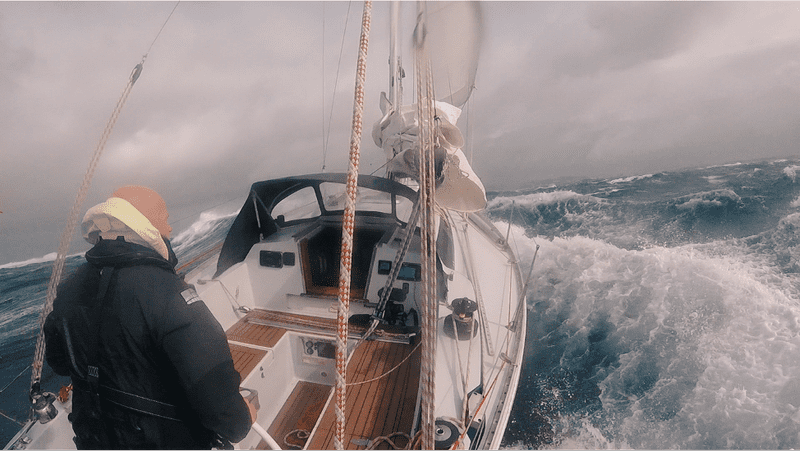
Tips for Sailing Preparation, Taking into Account the Choice of Region and Route
A charter sailing preparation checklist can be several pages long. These tips from topRik experts only apply to choosing a region.
- It is better to prepare the trip way before you start it - about six to eight months. This will give you a better chance of booking the boat you want in the location you want.
- It is optimal to conduct your first charter in the same region where you earned your skipper's license. This way you can consolidate the knowledge gained during training in familiar waters.
- You can also consider places where there are many marinas and a well-developed yachting infrastructure. For your first charter, you should not take a boat in the off-peak season, when the weather is harsh, or in exotic places with difficult navigation, currents and other difficulties.
- The location must comply with the restrictions imposed by your skipper's license. For example, some licenses do not officially allow sailing in tidal waters, although no one usually looks at this. However, in the event of an inspection or emergency, this may be brought to the attention of the coast guard or insurance company.
- The route must be thought out in advance. When planning your route, you need to take into account possible weather conditions and the experience of your crew, especially if the marinas in the region are located far from each other.
A week before the charter, it is better to check and adjust the route again - at that time the weather forecast will become more realistic, changes in general or local legislation may arise, etc.



